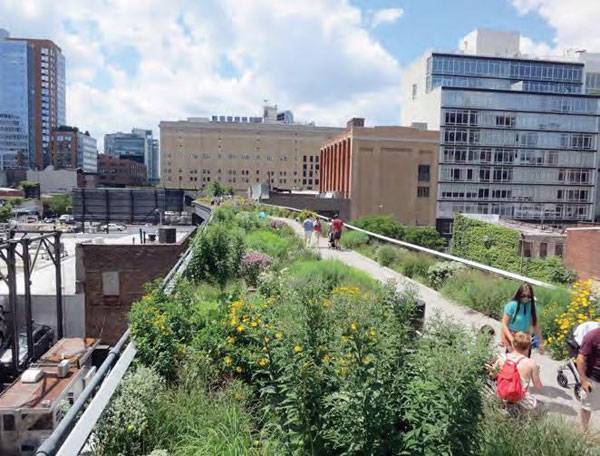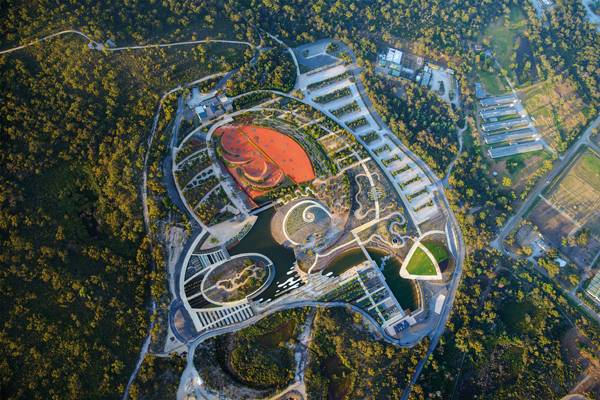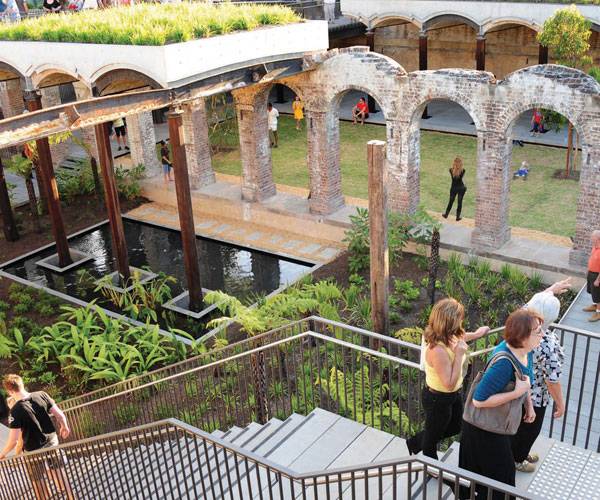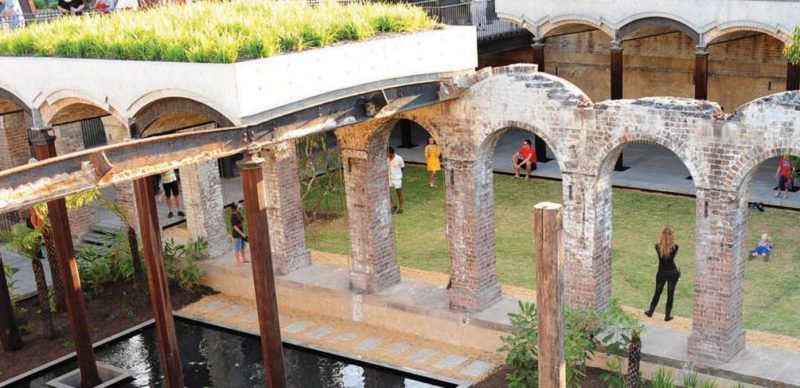Australian Institute of Landscape Architects Calls on Federal Government to Lead the World in Green Infrastructure for a Healthier Nation. The Australian Institute of Landscape Architects is on a mission to help change the landscape of an entire continent in order to improve the health of its citizens. To do this, they are urging the federal government to come forward and acknowledge that the urban landscape of Australia is in need of improvement. They hope these improvements will come in the form of green infrastructure. To start their mission, AILA developed a National Green Infrastructure Strategy with four key recommendations and has submitted it to Australia’s 15-Year Infrastructure Plan for Australia. What is it, though, that has led AILA to push this plan? Surprisingly, it is adult obesity, which is defined by the World Obesity organization as a medical condition in which a person has excess body weight in the form of fat that can lead to severe health problems. According to the Australia Institute of Health and Welfare, Australia is one of the most obese places in the world, with 60 percent of Australian adults considered overweight or obese. In fact, the institute predicts that these numbers will continue to grow, and that by 2025 close to 80 percent of Australian adults will be obese. This is why AILA is urging the federal government to create tangible solutions for this growing problem.

The High Line New York. Photo credit: © Urban Land Institute (Flickr). Image via 15 Year Infrastructure plan for Australia PDF. Permission for use granted by a representative of OPF Consulting.
Making Green Spaces a Priority
“The government (has) the opportunity now to reprioritize outdoor spaces like parks, streetscapes, and public precincts to support healthier modes of transport that enable our population to be more active,” said AILA CEO Shahana McKenzie. “Creating cities that encourage people to get outdoors and connect with their community are essential preventative health measures and can have a real impact in reducing escalating health-care costs,” she said. AILA cites research from a 2005 British Medical Journal entry, “Graffiti, Greenery, and Obesity in Adults: Secondary Analysis of European Cross Sectional Survey”, that shows that the quality of a local urban environment can hugely impact a person’s activity levels. The study went on to show that in cities with more greenery, citizens are three times more physically active and the likelihood of being obese is actually 40 percent less. See More Activity in Australia:
- 10 Great Projects Showing why Australia are Leaders in Landscape Architecture
- The Australian Garden That Everyone’s Talking About!
- How Pirrama Park Saved Sydney’s Harbor from Residential Development

Australian Garden; photo credit: John Gollings
Recommendations
To help cities accomplish this goal, AILA came up with four strategic recommendations: 1. A National Green Infrastructure Strategy from the federal government to provide guidance on how infrastructure projects can be a catalyst for enhanced landscape outcomes through green infrastructure investment. The strategy will include a policy statement to articulate the government’s position on infrastructure investment and investment action areas.

Paddington Reservoir Gardens, joint winner of the 2009 Australia Award For Urban Design.
By Tonkin Zulaikha Greer Architects and James Maher Delaney Design. Image Courtesy of City of Sydney. Image via 15 Year Infrastructure plan for Australia PDF. Permission for use granted by a representative of OPF Consulting.
A Luxurious Example
Saffire is a luxury eco-tourism resort overlooking Tasmania’s Freycinet Peninsula. Led by landscape architect Jerry de Gryse, the team focused on sustainable design principles that are similar to those later developed by AILA. They include: keeping healthy sites healthy; healing injured sites; favoring living, flexible materials; respecting the waters of life; paving less; considering origin and fate of materials; knowing the cost of energy over time; celebrating light, respecting darkness; quietly defending silence; and maintaining to sustain.
SITES at Work
Which cities in Australia will receive the first makeovers? Unfortunately, the problems are too widespread to make the choice simple. “The challenges government (is) facing in relation to health exist in different ways in all parts of Australia. The creation of high-quality outdoor spaces has the benefit of addressing both physical and mental health issues. Each city needs its own strategies to address local challenges,” Frisby said. Thankfully, both state and local governments are excited to accelerate green infrastructure opportunities at the project-development level, and national leadership from Infrastructure Australia will help municipalities receive even more federally funded infrastructure investments. As the growing national advocacy body representing 2,500 active and engaged landscape architects in Australia, AILA is at the forefront of this movement. It stresses that these recommendations are both strategic and collaborative and will hopefully add value to existing practices while creating even more opportunity to improve Australian infrastructure. AILA is encouraging Infrastructure Australia to implement a Project Briefing Guide for Integrating Landscape through Infrastructure Development in the short term (one to two years), as it has the ability to influence project outcomes quickly with no major structural change to existing practices. A concise summary of the group’s goals can be found in the 15-Year Infrastructure Plan for Australia. How has green infrastructure had an impact on your life? Article by Erin Tharp Recommended Reading:
- Designing the Sustainable Site: Integrated Design Strategies for Small Scale Sites and Residential Landscapes by Heather L. Venhaus
- Lifelong Landscape Design by Hugh Dargan









